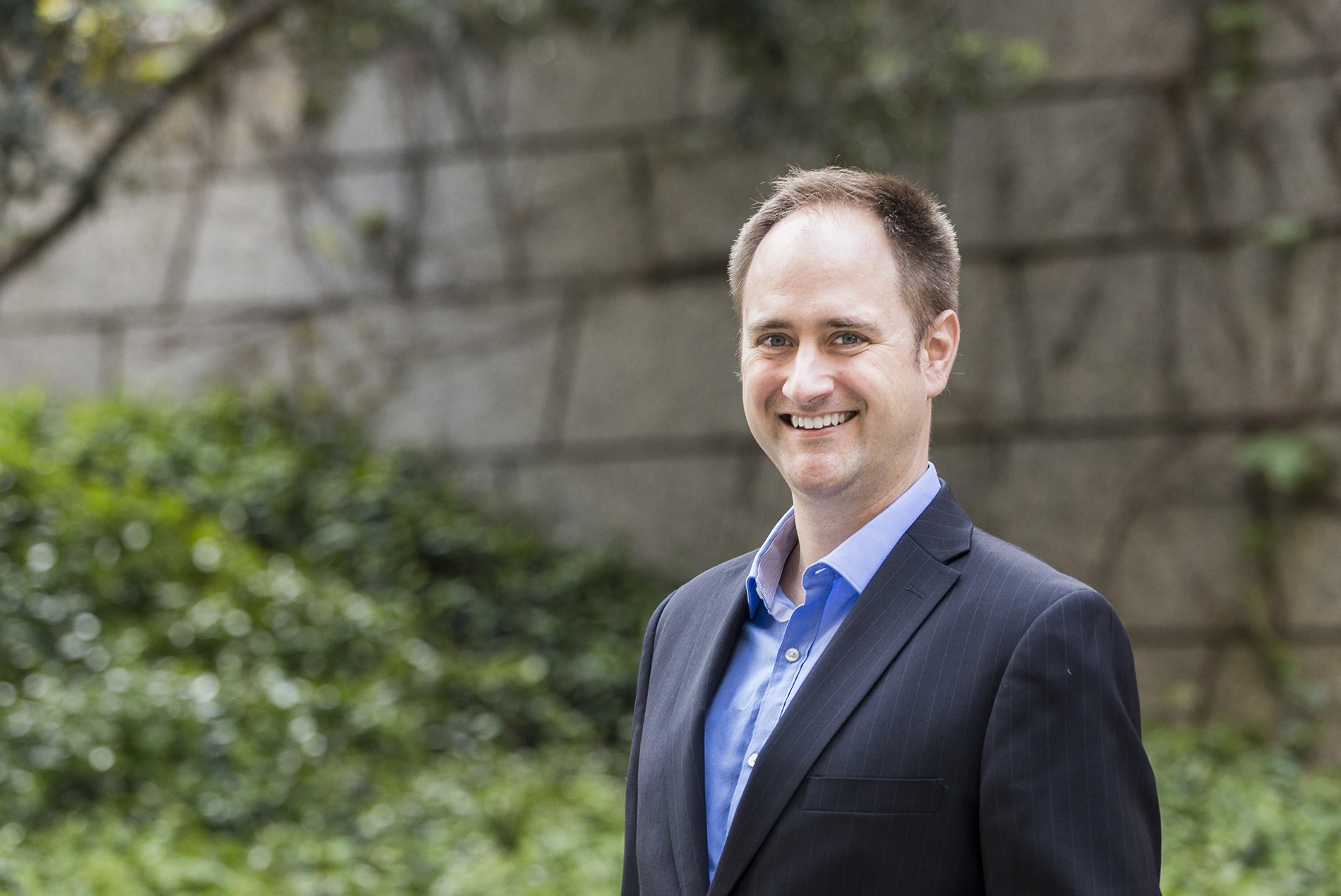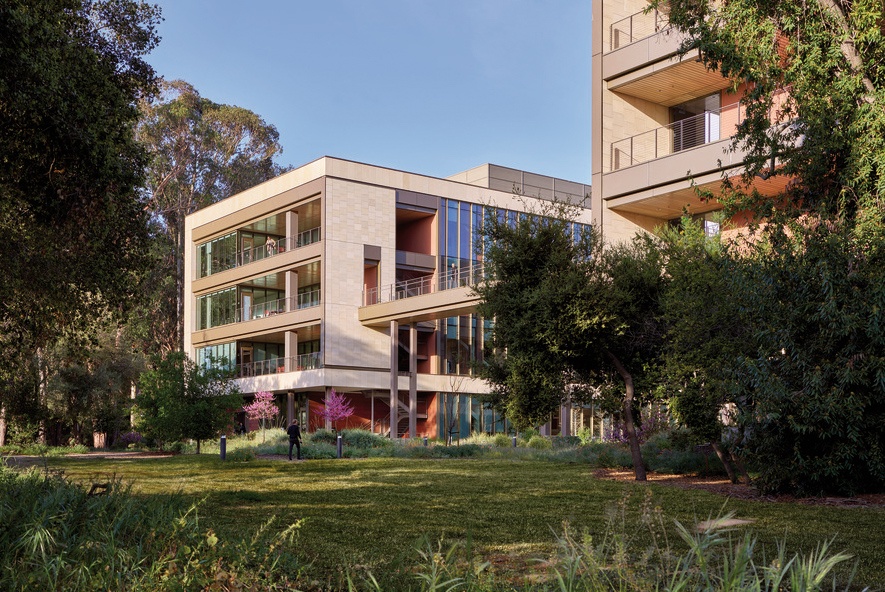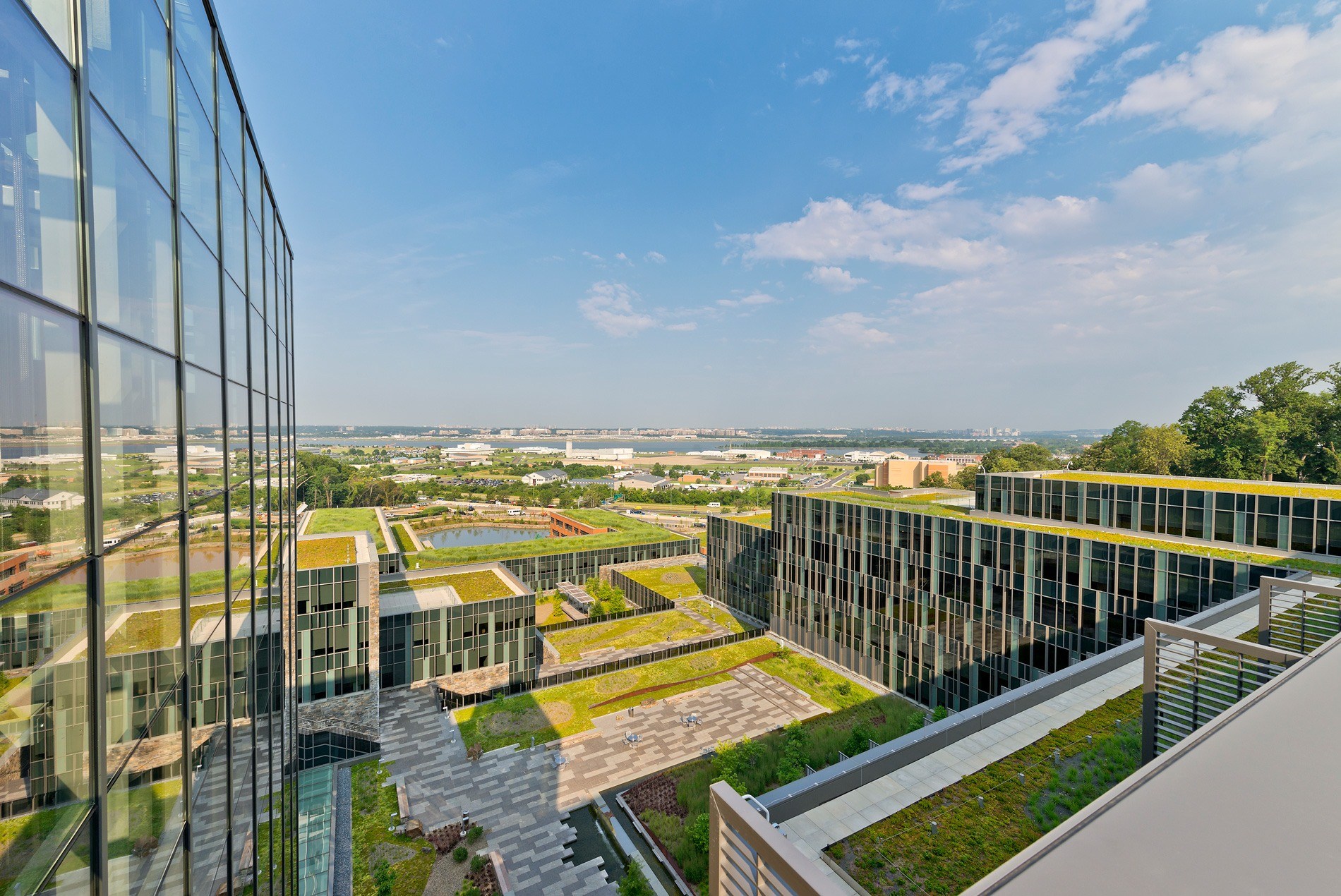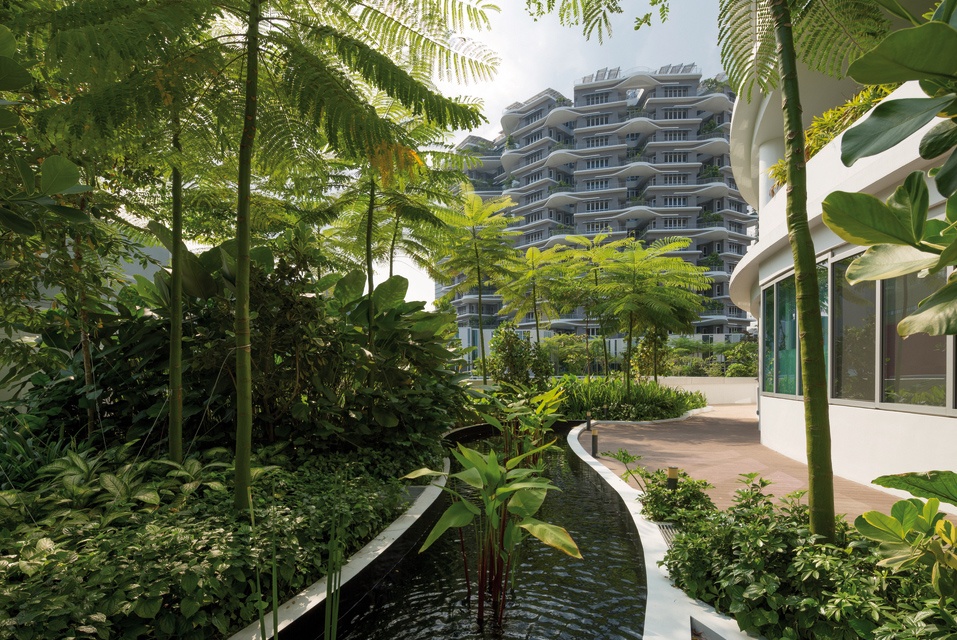Director of Regenerative Design explores how to create built environments that benefit nature, people and communities while aligning with circular economy principles.
HOK Director of Regenerative Design Sean Quinn recently appeared on the Ellen MacArthur Foundation’s “The Circular Economy Show” podcast to discuss how regenerative design principles can create buildings and communities that go beyond sustainability to actively benefit the environment. Quinn shared insights on integrating nature into developments, enhancing ecosystem services and designing for circularity while providing concrete examples of projects that embody these principles.
 Key excerpts from the interview:
Key excerpts from the interview:
Defining Regenerative Design
Quinn articulated the core concept: “Regenerative design is looking to enrich our communities and renew the Earth… It recognizes that development and nature could benefit from each other and lend themselves toward a fully synergistic relationship.” He explained how this approach differs from traditional sustainability efforts: “When we talk about becoming carbon neutral, it’s the goal of having zero impact… Regenerative design goes a step beyond that and recognizes that development and nature could benefit from each other.”
Place-Based, Adaptive Design
Emphasizing the importance of local context, Quinn explained: “The number one focus within regenerative design is a holistic systems thinking methodology… That process begins by identifying the local context and conditions of place and or site.” This approach ensures that designs are tailored to specific environments rather than using a one-size-fits-all solution.
Integrating Nature into Buildings and Biophilia
Highlighting HOK’s Stanford University School of Medicine Center for Academic Medicine project, Quinn demonstrated how to apply regenerative design principles in practice: “By actually bringing an arboretum forest into our campus, rather than sitting on campus adjacent to it, we were able to create a series of microclimates outdoors… What that means is by placing 20% of the building program outdoors, we were able to demonstrate a methodology which we could shrink the building by 20% and provide a more beneficial workplace.”

Stanford Center for Academic Medicine
Quinn also touched on the concept of biophilia: “We feel better when we are outdoors, when we’re moving, when we’re dynamic, our brains begin to function better.” This natural affinity for nature underscores the importance of integrating green spaces into built environments.
Case Study: U.S. Coast Guard Headquarters
Another project example Quinn shared was the U.S. Coast Guard Headquarters in Washington, D.C. He described an innovative water management system: “More than 400,000 gallons of stormwater is managed in that process. It’s funneled back through the building for nonpotable water use, and any of the water that filters beyond slowly feeds out to the Anacostia River… But the water that leaves our site is more pure than the rainfall coming down to it.” This project demonstrates how regenerative design can mitigate environmental impact while actually improving local ecosystems.

U.S. Coast Guard Headquarters
Connections to Circular Economy and Future-Focused Design
Quinn drew clear connections between regenerative design and circular economy principles: “I look at the circular economy as having three key principles: first, to conserve resources; second, to extend the life of those resources; and third, to regenerate nature. And I don’t think we need to start with any one of those. When we start thinking about the circular economy, it’s the open loop that we want to find in this.”
He elaborated on how these principles are applied in practice: “As we begin to look forward into construction, how are we designing better for modularity, for disassembly? And so that number one, if we have to take down a building, we’re able to deconstruct it and simply store those materials for as much adaptive reuse as possible, or better yet, for us to retrofit those.” This approach aligns with circular economy goals of extending product lifecycles and minimizing waste.
Quantifying Ecosystem Services
Quinn highlighted the importance of data-driven approaches: “We often partner with a group called the EcoMetrix Solutions Group, as well as Biomimicry 3.8.” These partnerships allow for precise identification of ecosystem services in healthy environments and target sites, enabling more accurate planning and measurable outcomes in regenerative design projects.
Social Impact and Inclusivity
Addressing the broader social implications of regenerative design, Quinn emphasized: “We want to be inclusive to communities. The development can’t only benefit those that are able to afford it. And so what is the relationship the community has to access that site or benefit from the externalities that leave that site?” This focus on community-wide benefits underscores the holistic nature of regenerative design.
Financial Benefits
Discussing the topic of cost, Quinn noted: “While there might be an additional first cost, we start looking at a return on investment that happens within the first three to seven years. You generally can satisfy a typical developer, but the thing that I think we need to capture more of is what is the financial benefit of really supporting these ecosystem services. And there is another qualitative social benefit for the people who live and work in those places—that they perform better, enjoy life better, explore and become more socially conscious about the environment. And then we’re starting to measure the externalities, the carbon emissions of a project and the cost of that.”
Click here to listen to the entire “The Circular Economy Show” podcast and hear more of Quinn’s insights on regenerative design and its role in creating a more sustainable future.
